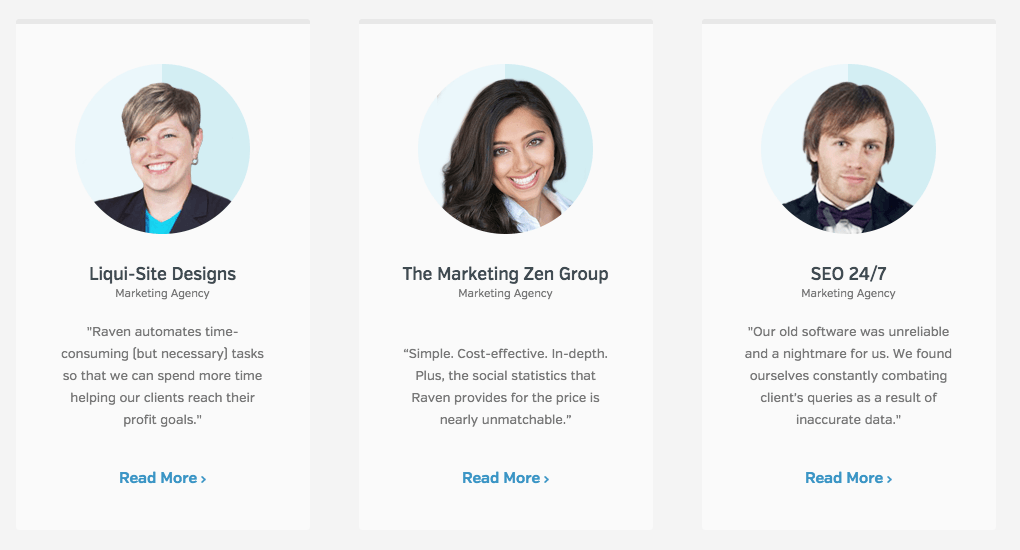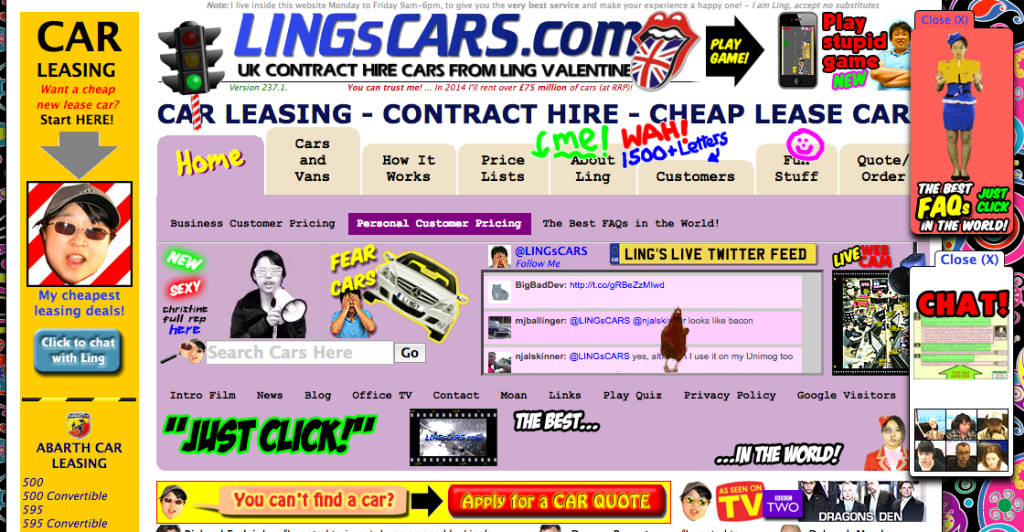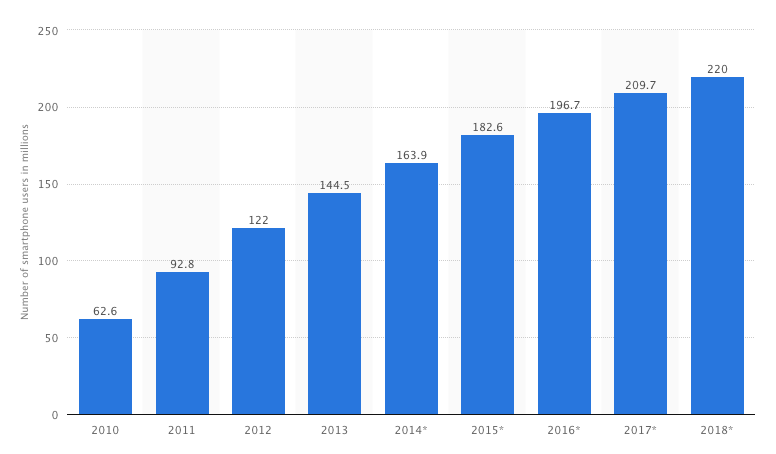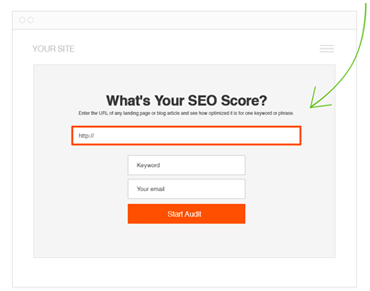How to Optimize Your Website for Lead Generation
Are you considering a website redesign or wondering how to generate more leads from your website? There are several critical elements you must never forget to include.
It doesn’t matter if you are designing the first website for your business or taking on a revamp, some details are more important than others. There is a big difference between an “average, run of the mill” business website and one that is built to achieve great results.
Now that we have some of the basics out of the way, let’s get into the finer details of the five elements every business website should have:
1. Testimonials
People want to know what others think about your business. Why make them search for this information. You have the opportunity to prove to every visitor that your business is the cream of the crop.

Website Testimonial Examples from Raven
Clear out space on your website, preferably on the homepage, to display testimonials or reviews from satisfied customers. If you don’t have any testimonials, this advice will point you in the right direction.
2. Social Media Buttons
Having a killer website is just one part of a successful online strategy. Your social media presence is another. Are you making it easy for visitors to navigate from your website to your Twitter, Facebook, and LinkedIn profiles?

Make Your Content Shareable
Include social media buttons on every page of your website. If you don’t have this Sharethis.com can help you out.
Adding social media “share” buttons to your blog make it simple for readers to share your content with their audience.
3. Visual Appeal
If you visit a website you consider “ugly” there is a good chance you will immediately click the back button. The same holds true for visitors of your website.

www.lingscars.com
A visually appealing website can go a long way in keeping visitors on the site for a longer period of time. Subsequently, your chance of them taking action is much greater.
This blog post entitled “7 Components of Visually Appealing Web Design & Why it Matters” will steer you towards success. Pay close attention to the “good vs. bad” examples.
Note: Choose your colors carefully, as this can have an impact on how visitors interact.
4. Mobile Friendly
With each passing day, more and more people are browsing the internet via a smartphone or tablet. Your website must be optimized for mobile visitors. If it isn’t, you are missing out on a big opportunity.
What is Responsive Design?
Responsive design is a flexible that adjusts its format to fit multiple devices. Rather than having multiple websites that are built for a mobile site, tablet or desktop, responsive design focuses on coding that aadjusts depending on the dimensions of the viewing device.
Check out this statistic from StatCounter:
The use of mobile devices to access the internet has increased by 67% worldwide over the last 12 months.
There is no two ways about it: regardless of company size or industry, a mobile friendly website is a must. Check out these predictions for mobile phone usage over the next 3 years.

Projected Mobile Phone Usage
If your current site doesn’t fit the mold, it is easy to come up with hundreds of excuses on why you shouldn’t make a change. None of them are worth considering. As consumers continue to migrate towards a mobile experience, you must position your company to take advantage.
5. Active Blog
There are many benefits of this, including but not limited to:
- Ability to add fresh, unique content on a regular basis. This will help attract visitors and increase conversions, while also doing wonders in terms of your search engine rankings.
- An outlet to communicate with your audience. From advice to guidance to company news, there is no shortage of what you can publish to a corporate blog.
- Shows the personality behind your company. There is something about a static website that feels “distant.” A regularly updated corporate blog can remedy this.
New Content Means Better Search Results
Google places some serious importance on up-to-date, fresh information, as their #1 product is relevant search results. So you want to keep publishing new and exciting information on your the products and services you offer to feed those rankings.
Check out this excerpt from Google on the relevance of fresh content.
Given the incredibly fast pace at which information moves in today’s world, the most recent information can be from the last week, day or even minute, and depending on the search terms, the algorithm needs to be able to figure out if a result from a week ago about a TV show is recent, or if a result from a week ago about breaking news is too old.
Bonus Tip: Improve Your Call to Action
According to studies, over 70% of business websites lack a call to action on their website. This means that only 30% of business owners provide an actionable plan to turn prospects into clients on their website.
The biggest question most businesses ask is what is a call to action? A call to action is a method marketers use to get website visitors to respond to their marketing immediately. Phrases with action words, such as “Call Now”, “Visit our Store”, and “Free SEO Report” are common examples.
Good call to actions include:
- Ask prospects to sign up to your email newsletter
- Set up a free consultation
- View product demonstrations
- Download white papers and case studies
- Provide special offers to sign up (E.G. free seo report)
- Like your Facebook fan page
Essentially, any way you can encourage visitors to become prospects for your company requires a call to action.
Building a Website Can Be Easy
Before you get started, there is one question you need to answer: will you build your own website or contract a professional for the project?
Building a business website is easier today than ever before. There are more tools to rely on. There are more people who can provide assistance. And of course, there are a variety of ways you can approach the design process.
WordPress, for example, makes it easy for anybody to build a website or blog. There are tens of thousands of themes to choose from. You don’t have to make any design changes (unless you want to, of course). Add your content and images and you will be on your way.
According to ManageWP, there are approximately 75 million sites built on the WordPress platform. Here is another stat that will get you thinking:
“48% of Technorati’s Top 100 Blogs Are Managed With WordPress.’
As impressive as that may be, it also means one thing: the other 52 percent of blogs are managed by another content management system. Decisions, decisions.
Conclusion
It is time to take the advice above and apply it to your business website. While some of these details appear inconsequential, all of them will have a profound impact on your online success.
What have you found works best for generating leads on your website?
4 responses to “How to Optimize Your Website for Lead Generation”
Leave a Reply
You must be logged in to post a comment.
 August 22, 2017
August 22, 2017



Interesting article. I found it’s true about our website’s lead generation. You have explained all ways for it very clearly and easily. Great job.
My previous business website was actually all about design and I never took SEO into consideration. Sadly, it looked beautiful! It’s honestly too bad I had to go with a mix between good SEO and design, and couldn’t focus solely on design.
Anyways thanks for the advice. You should recommend people take free SEO audits as aswell, because a lot of information is recommended for that specific site.
Thanks,
Khaled
Nothing new. Though I have read it. Thanks for your hard work, appreciate it.
Hey Tausif, A lot of the times we already know what to do to be successful. Its just executing it effectively. thanks for reading and leaving a comment!